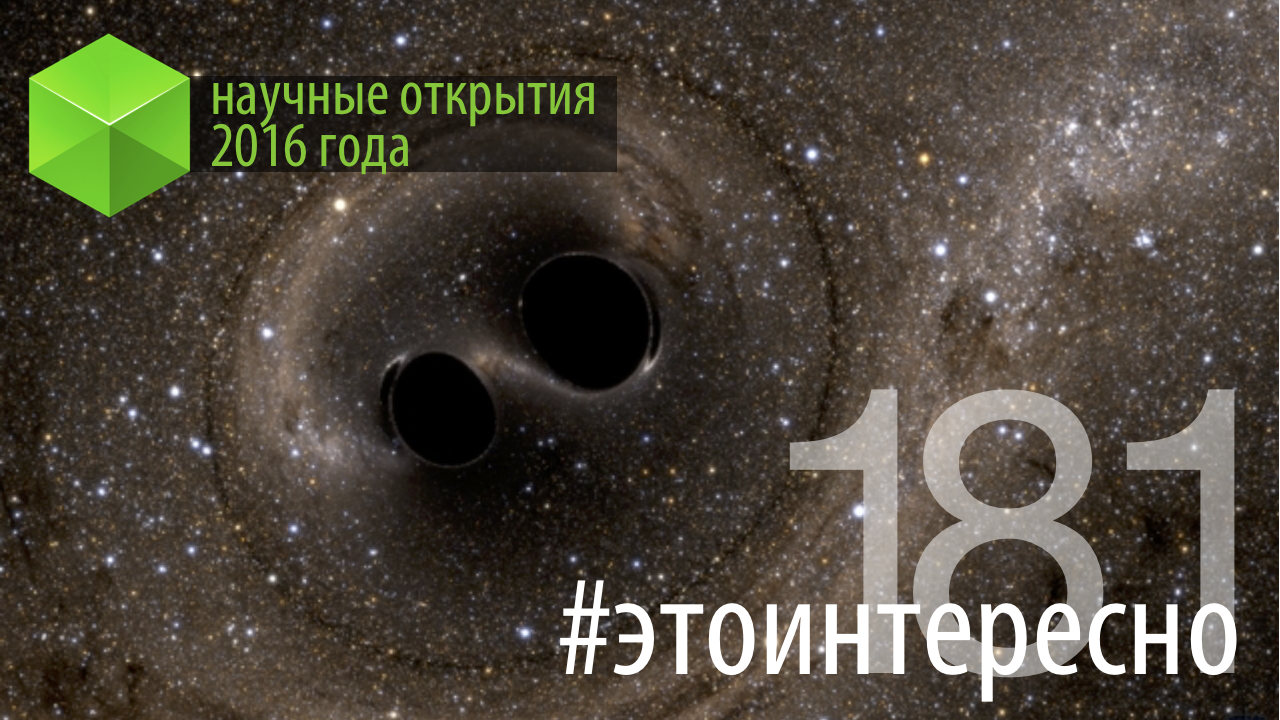Astronomers have caught a strange radio signal from the stars is 11 light years from us
 Source:
Source:
Astronomers reported the discovery of "strange signals" going in the direction from the small, dim stars located at about 11 light years from Earth. Signals were received on may 12. They were caught, the Arecibo Observatory's giant radio telescope located in Puerto Rico. As it turned out, they go from the object of Ross 128, red dwarf star, which is about 2,800 times fainter than our Sun. Is there a near this star, any planet, astronomers still unknown.
Astrobiology, University of Puerto Rico's Abel Mendez said that the observation of this star was carried out for 10 minutes. Within this time, the signal was located "almost periodic". Mendez believes that it is very unlikely that this signal could be responsible some intelligent extraterrestrial life, but notes that the opportunity to discard too early.
"People from the Institute of searching for intelligent extraterrestrial life (SETI) is very interested in these cues" — said Mendez in an email to the journalists of Business Insider.
Despite the fact that Arecibo is quite known for its contribution to the search for signals from possible extraterrestrial civilizations, the telescope is also widely used to observe distant galaxies and near-earth asteroids. According to Mendez, the signal is probably coming from some man-made object. Perhaps we are talking about a satellite crossing in the observation field of view of the telescope.
"the Angle at Arecibo is quite wide. Therefore, it is likely that the signal was not caused by the star, and some other object caught in the field of vision of the telescope", — Mendez commented, adding that perhaps "a communication satellite was crossing the frequency in which we conducted surveillance".
However, in his personal blog July 12, Mendez again wrote about the Ross 128, stating that "we have never before seen such a level of radiation produced by the satellites" and describing these signals was "very peculiar".
Another likely explanation of the observed signals can be the star of the flash or a huge burst of energy from the surface of the star. For example, the rate of similar emissions from the surface of the Sun can reach the light. In parallel with this are very powerful emissions of radiation, which can affect communication satellites and equipment on Earth.
Stellar flare-UPS can be accompanied by a slower, but also more energy-charged coronal mass ejections. Streams of highly charged sun particles often interact with the magnetic field of our planet causing a geomagnetic storm, at the same time crippling our electric grid and disabling our electrical appliances.
"Success will re-detect the signal coming from the direction of the stars, and not from its environment. If the signal we get, the mystery of its source will become even dimmer. If it turns out that the observed phenomenon is rare in nature, in this case, we generally can not know his nature" — says Mendez.
The Astronomer also added in his blog that other radio telescopes may not have a sufficient capacity to catch these signals. With one exception – monstrous Chinese Spherical radio telescopes with pyatisotletny aperture (FAST). But the trouble is that FAST at the moment is on maintenance (calibration), and Mendez doesn't know exactly when it will be completed. So to re-check the availability of signals of the Arecibo telescope is going to observe the red dwarf Ross 128 several times, starting July 16.
Seth Shostak, senior astronomer at the SETI Institute, confirmed that his group "is very interested in these signals," and may enable a powerful Antenna array Allen (Allen Telescope Array) in California "for verification".
"the Likelihood that these signals of extraterrestrial origin, is. Therefore they are of interest", — said Shostak in correspondence with the same edition of Business Insider.
Interestingly, at the moment, according to Shostak, a high suspicion in the form of interplanetary communications carries only one on the Earth a radio signal.
"This is the WOW signal. For us he remains a very suspicious" — he added.
Recommended
Mystery of the Sargasso sea, and why there were dead ships
At the time, in the Sargasso sea lost a lot of ships. Almost all mystical place, about which people say, giving them a mysterious halo, are on the water. When ”ends”, the disappearances do seem very strange and inexplicable. One of the places that ar...
An air leak site has been found on the ISS. What's next?
Air leak occurs in Russian station module Inside the International Space Station live astronauts from different countries and all of them need oxygen. The air needed for the life of the crew is produced by special equipment, but the tightness of the ...
Why can thinking about death make life happier?
Awareness of one's own mortality can be a liberating and awakening experience How do you feel about the idea of death? How often do you think about it and what emotions do you feel? Many of us have been pondering these questions lately. The pandemic ...
Related News
How does it work? | Speech synthesis
we talked about speech recognition, today we will discuss the inverse problem. So how does speech synthesis, or, in other words, converting arbitrary text to voice — this was in today's issue! http://www.youtube.com/watch?v...
How does it work? | Speech recognition
the First device for speech recognition appeared in 1952, it was able to understand spoken human figures. 40 years later, the first commercial software for recognizing human speech. They were designed for people who, because of ph...
How does it work? | Iris scanner
the Technology of scanning an iris of the eye was first proposed in 1936 by ophthalmologist Frank Bursh. He said that the iris of each person is unique. The probability of coincidence is about 10 to the minus 78 degrees, which is ...
How does it work? | Fingerprint scanner
identification of the fingerprint — one of the most reliable ways to confirm the identity of the person. On the accuracy of this method is second only to the retinal scan and DNA analysis. Fingerprint — it's nothing li...
How does it work? | Computer mouse
History of computer mouse originates 9 December 1968, when it was presented at the exhibition of interactive devices in California. The patent for this gadget got Doug Engelbart 2 years later. The first computer, the set which inc...
the History of computer keyboards goes back more than 150 years. The prototype of the modern keyboard was a typewriter, which appeared in the mid-nineteenth century. First, the keys with letters placed alphabetically. However, ove...
Touch panel, or another touchpad, was invented in 1988 by George Gerpheide. Then, Apple has licensed the project and, since 1994, began to use in the PowerBook laptops. Since the touchpad is the most common control device a laptop...
In today's issue of the scientific-educational programs «How does it work?» we'll talk about the SSD. Pleasant viewing! http://www.youtube.com/watch?v=tg9qRyCKbN4...
#trends | the Internet of things
Internet of things — another fashionable phrase in recent years can be heard more and more often. Actually, it appeared much sooner than you think, but only now the potential of this phenomenon seriously wonder about his pro...
How does it work? | 5G network
In today's issue of the scientific-educational programs «How does it work?» we will talk about how the 5G network. Pleasant viewing! ...
How does it work? | Wi-Fi in the plane
In today's issue of the scientific-educational programs «How does it work?» we will talk about how Wi-Fi on the plane. Pleasant viewing! http://www.youtube.com/watch?v=ytmb6jmjOXI...
What we will show at the Victory parade — 2017?
the Traditional parade of the great Victory, held may 9 in the heart of our country on the red square of Moscow, allows you to personally see the latest innovations vysokotekhnologichnoi military equipment of domestic production. ...
How does it work? | Wi-Fi in the subway
In today's issue of the scientific-educational programs «How does it work?» we will talk about how Wi-Fi in the subway. Pleasant viewing! http://www.youtube.com/watch?v=xSmsQolrPWs...
In today's issue of the scientific-educational programs «How does it work?» we will talk about how to operate a mobile navigation how the system route, measure and take into account traffic jams. Pleasant viewing! http:...
How does it work? | Cameras commit traffic violations
In today's issue of the scientific-educational programs «How does it work?» we will talk about the cameras fixing violations of traffic rules, how they work, measurement errors, and more. Pleasant viewing! http://www.yo...
#it is an interesting | Most unusual winter sports
Today we present to your attention the 183rd episode #it is an interesting, which we'll talk about the most unusual winter sports. Namely, we will focus on Snowkiting, winter equestrian Polo, brumble and much more. Pleasant viewin...
How does it work? | Intelligent video surveillance
In today's issue of the scientific-educational programs «How does it work?» we talk about intelligent video surveillance: the principle of operation of intelligent systems for the analysis and identification of objects, ...
#it is an interesting | Scientific discoveries of 2016. Part 2
Today we present to your attention the 181st episode #it is an interesting in which we will continue to talk about important scientific discoveries and achievements of 2016. Namely, we will focus on the FAST radio telescope, gravi...
#it is an interesting | Most unusual car parks
Today we present to your attention the 184th and last episode of #it is an interesting, which we'll talk about the most unusual winter sports. Namely, we will focus on Wolfsburg'Volkswagen's Autostadt, Michigan Theatre, 1111 Linco...
#it is an interesting | Most anticipated news of 2017
Today we present to your attention the 182nd episode #it is an interesting, which we'll talk about the most anticipated technological innovations of 2017. Namely, we will focus on wireless headphones translators Waverly Labs, iPho...









































Comments (0)
This article has no comment, be the first!